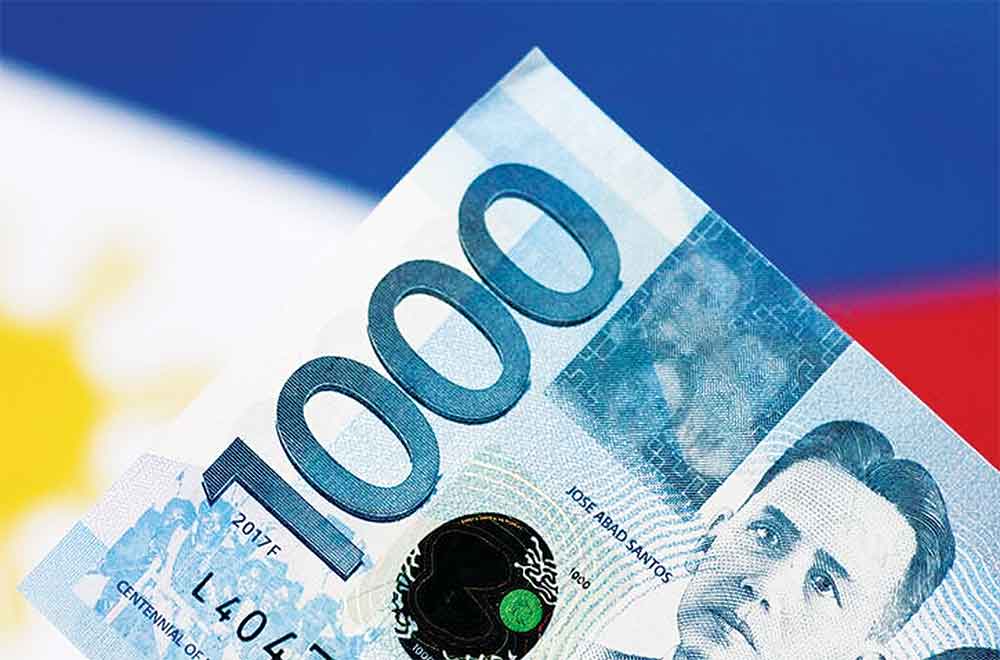Filipino consumers and firms have become well-adjusted to Covid-19, allowing domestic demand to improve remarkably over 2020 and 2021. Mobility recovered exponentially especially after March 2022 when the COVID cases started to subside.
As a result, banking giant Bank of the Philippine Islands (BPI) said the country’s economic output has returned to pre-pandemic level after growing by 5.6 percent in 2021 and 7.6 percent in 2022. The economy has also sustained its recovery with a 5.5 percent growth in the 1st 9 months of 2023. The country’s GDP is now 7 percent higher compared to pre-pandemic level.
“While significant uncertainties remain, the country may maintain its position as one of the fastest growing economies in the region with a full year growth rate of 6.2 percent in 2024,” BPI said.
Household consumption grew by 5.7 percent in 9M 2023, partly driven by pent-up demand following the easing of restrictions and the expansion of ecommerce. Consumers have started to spend more again on high-contact services and non-essential items, unlike in the first 2 years of the pandemic when more than half of their budget were spent on essentials like food, housing, and utilities.
The return of face-to-face classes has spurred economic activity especially in establishments surrounding schools. Students are huge drivers of spending, affecting industries like food services, transport, and retail trade.
“Inflation has finally settled within the target of the BSP after 22 months. With global commodity prices remaining stable, the contribution of transport and utilities to inflation has declined. So far, it seems the outlook for commodities like oil will continue to be favorable for the country in the coming months. Commodity prices may remain stable given weaker demand from major economies as they continue to absorb the impact of higher interest rates,” BPI said in a statement.
Headline inflation may continue to slow down in the next 3 months with favorable base effects as the main driver. The contribution of transport and utilities to inflation will likely remain marginal given the outlook for global commodities, particularly oil.
“We also expect a year-on-year decline in the price of certain food items given the surge this time last year. However, inflation may bounce back in the 2nd quarter and could possibly breach the 4 percent target again for a few months, before returning to 2 percent to 4 percent range in the 2nd half of 2024. We expect average inflation for the year to settle at 3.7 percent,” BPI said.
Rice continues to be the primary source of risk for inflation as supply constraints will likely persist in the coming months.
According to the DOST, El Nino may last until the 2nd quarter and around 77 percent of provinces in the country may experience drought by May 2024. Importation may help, but since other countries are also seeing a decline in their production, food inflation may continue to rise significantly.





